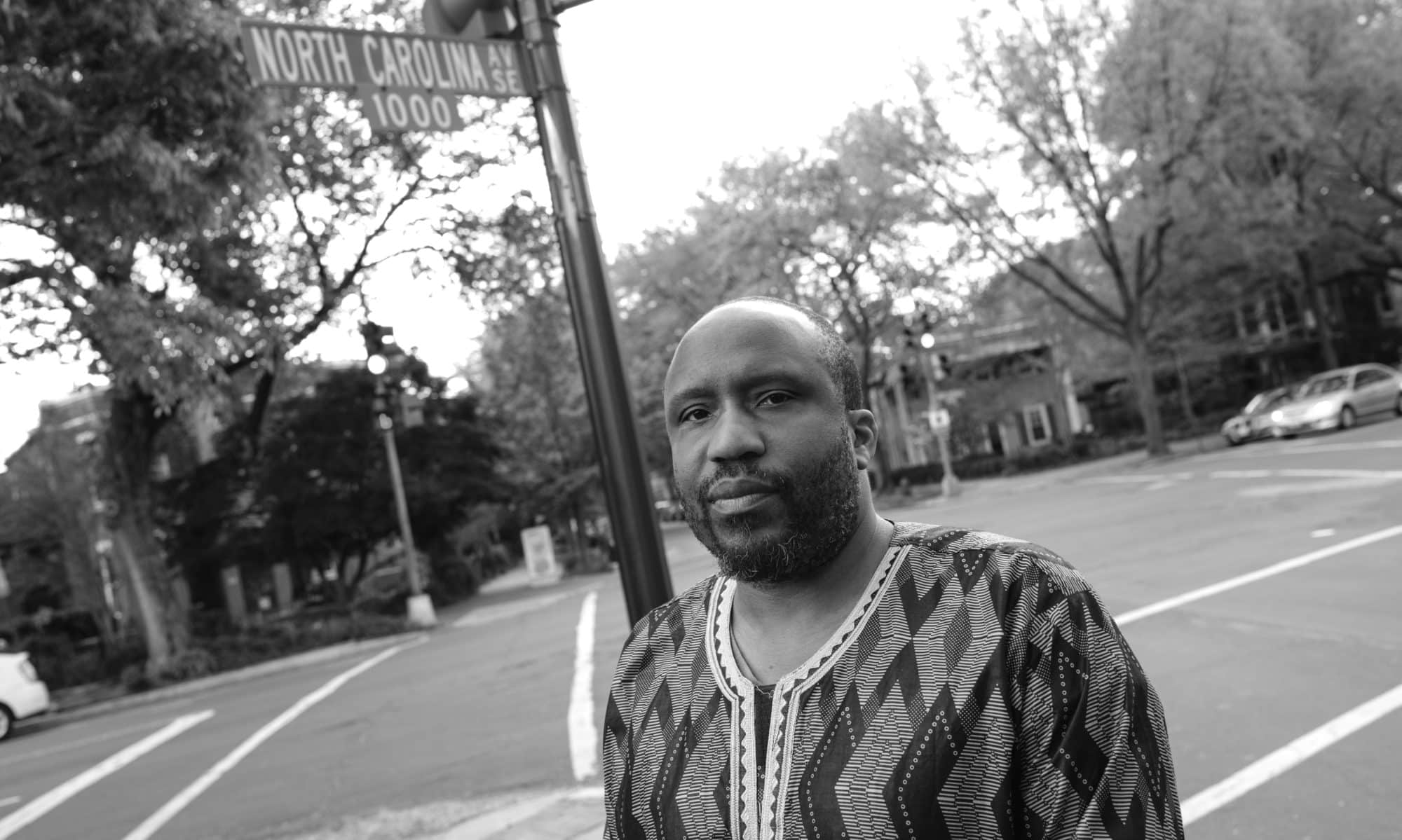
Sometimes it’s a good feeling to know that you are not alone or at least to know that someone else is thinking what you are thinking.
About 2 years ago i wrote this piece called “Mel Bochner: In the Tower…or in the mix?” . It was a brief meditation on Mel Bochner’s exhibition in The Tower of the National Gallery of Art in DC and what was going on my my head at the time. In the piece, one of the things i talked about was visual poetry, in particular what I suggested was Bochner’s render of a “visual sonnet” based on the structure of the the Thesaurus paintings. I further suggest that these poems are connected to Stein, Boultenhouse , Apollinaire lineage starting with Stein’s “word portraits” to Boultenhouse’s “Poems in the Shape of Things” to Apollinaire’s collection of visual poetry Calliagrammes.
Just a few weeks ago I came across this article entitle “Apollinaire ‘s Visual Poetry” on MoMA‘s Blog INSIDE/OUT. AIf felt good to know that the same type of language and thinking that I had used to frame the poetic qualities of Bochner’s work was being used to by a curator at MoMa to talk about Apollinaire’s Calliagrammes. I know it seems like such a small perhaps even insignificant thing, but as a part of my creative process, it is important to create and find community where I can for encouragement, particularly with the experience of living in a new place where you don’t yet have community to plug into and to be a support.
Anyway, that is my half note for now…more soon…
INSIDE/OUT Blog Archive on Poetry related stuff click here .


















